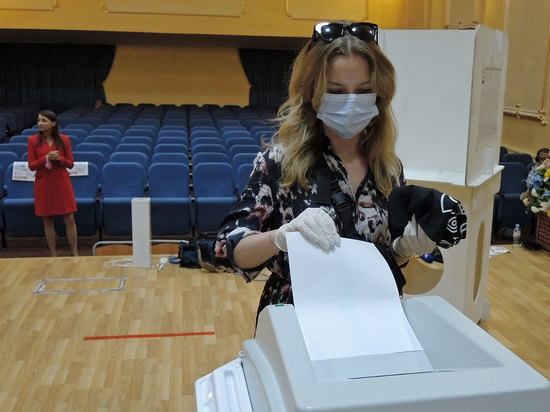Voters will demand that the state increase its economy and health care
The period of nominating candidates and candidate lists for the State Duma elections is over. 15 pages will be included in the pre-election race. The upcoming elections to the lower house of parliament promise to be interesting – new players have appeared on the political scene.

Photo: Natalia Muschinkina
What are the trends in the development of party systems in modern Russia and what needs of society the newly elected deputies will meet, experts replied at a round table of the Expert Institute for Social Research, which took place on July 15 in the press center MIA Rossiya Segodnya.
The current election race is fundamentally different from what voters have been accustomed to since the 1990s, said Pavel Danilin, director of the Center for Political Analysis and Social Research. The history of elections in post-Soviet Russia began with the struggle for personal brands – specific clear political figures.
– Speaking of history, since 1993, party elections have been based on the struggle for a brand, for a specific character. For example, for Zyuganov, not for the Communists. I call this phenomenon “the noise of worms in a closed fishing vessel.” Although at that time there were 120 organizations registered in the country that had the right to participate in the elections, – said Pavel Danilin, – in the next elections, 259 organizations could participate in the elections, 68 associations expressed such wishes and took part in the race.
As Mr Danilin pointed out, in addition to the usual communists and liberals, there were much more prominent figures among the political players of the mid-1990s. In particular Bloc Dzhuna and the Party of Beer Lovers.
– Then there was no monopoly and monolithic systems, – stressed Danilin, – But in the late 90's personal brands receded into the background, the struggle for the legacy of the Boris Yeltsin era began. Coalitions began to form. This means that the fight for this legacy is over, we know how.
At the same time, political scientists are currently experiencing a serious shift from consolidated political players to an increase in the number of parties seeking to vote.
– We have started to have new parties: New People, Green Alternative, – remarked Ekaterina Sokolova, Head of Strategic Research and Forecasting at EISS.
At the same time, experience from abroad, as the expert emphasized, shows that voters most often perceive a maximum of four to five political objects. In Italy, for example, 13 parties are registered, but all have merged into three coalitions, leaving only two newcomers.
However, experts have noted that this or that face strength is important to our political culture.
– If it is “United Russia”, then it is Putin's party and the people are electing Putin, not the party. It is a very important story for us: there are several parties represented by important politicians and others play in halftones, “said Alexei Martynov, director of the Institute of Contemporary States.
Boris Makarenko, Chairman of the Board of the Center for Political Technologies, emphasized that the main subject of the fight in the forthcoming elections will be the public's demand for a state:
– The main thing now is: “state, help, state , give. “The rest of the competition is secondary. At the same time, political parties will behave differently. Loyal – United Russia, disappointed – Spravedlivorossy, angry – Communists.

